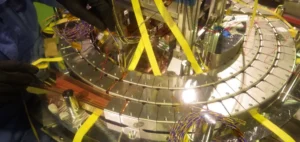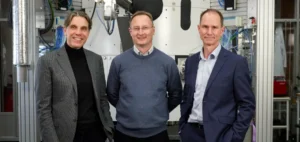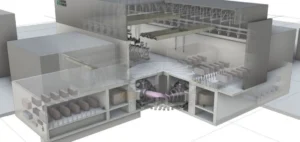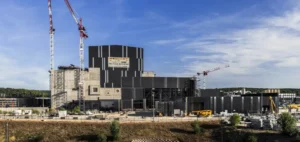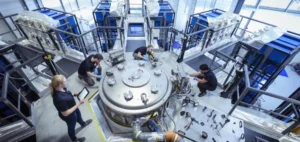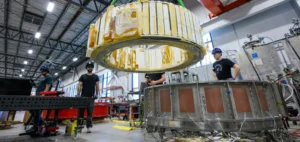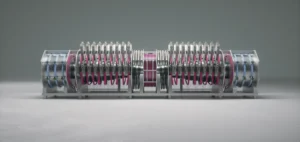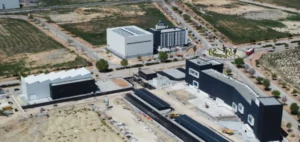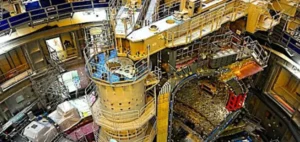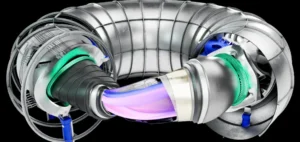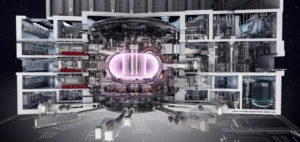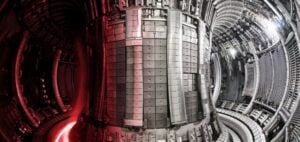Tennessee Valley Authority (TVA) has signed a Letter of Intent (LOI) with Type One Energy covering the potential deployment of a fusion power plant at the former Bull Run coal site near Oak Ridge. The project, named Infinity Two, targets a capacity of 350 megawatts electrical (MWe) in baseload service. The selected technology is the stellarator, engineered for steady-state operation. According to the partners, this approach seeks to provide dispatchable supply at competitive prices.
Technical parameters and scale-up
Type One Energy plans to develop Infinity Two using existing materials and fundamental fusion technologies to support near-term deployment. The LOI also covers potential use of prototype facilities as a training centre for operators and maintenance teams dedicated to Infinity Two. The MWe measure reflects net electrical output delivered to the grid. The site choice repurposes a retired thermal facility, anchoring the project in an industrial setting already connected to transmission.
The collaboration highlights continuous baseload output aimed at meeting rising demand linked to artificial intelligence (AI), quantum computing and advanced manufacturing. TVA positions this track within its pursuit of advanced nuclear technologies intended to deliver reliable, on-demand energy. The partners note that the stellarator has demonstrated stability and steady-state operation with high efficiency. This feature is presented as essential for operators facing variable demand and cost constraints.
Decision framework and prerequisites
Final decisions regarding funding and construction of Infinity Two, as well as any power purchase agreements, remain subject to TVA Board approval. The project is also contingent on applicable regulatory reviews. It must align with the public utility’s least-cost planning processes. At this stage, the LOI formalises strategic interest without constituting definitive commitments.
Don Moul, President and Chief Executive Officer of Tennessee Valley Authority (TVA), said: “TVA is a leader in pursuing advanced nuclear technologies we need to power America’s economic prosperity and fuel artificial intelligence, quantum computing and advanced manufacturing.” Christofer Mowry, Chief Executive Officer of Type One Energy, stated: “We are really honored to be working with TVA on the world’s first private sector fusion power plant project.” Tennessee Governor Bill Lee supported the initiative: “Tennessee is ready-made to lead America’s energy independence, and today’s announcement further strengthens our position as a leader in safe, clean, and reliable energy.” “I am excited about the possibility of the first U.S. commercial stellarator fusion power plant being built in the Tennessee Valley,” added Don Moul.



